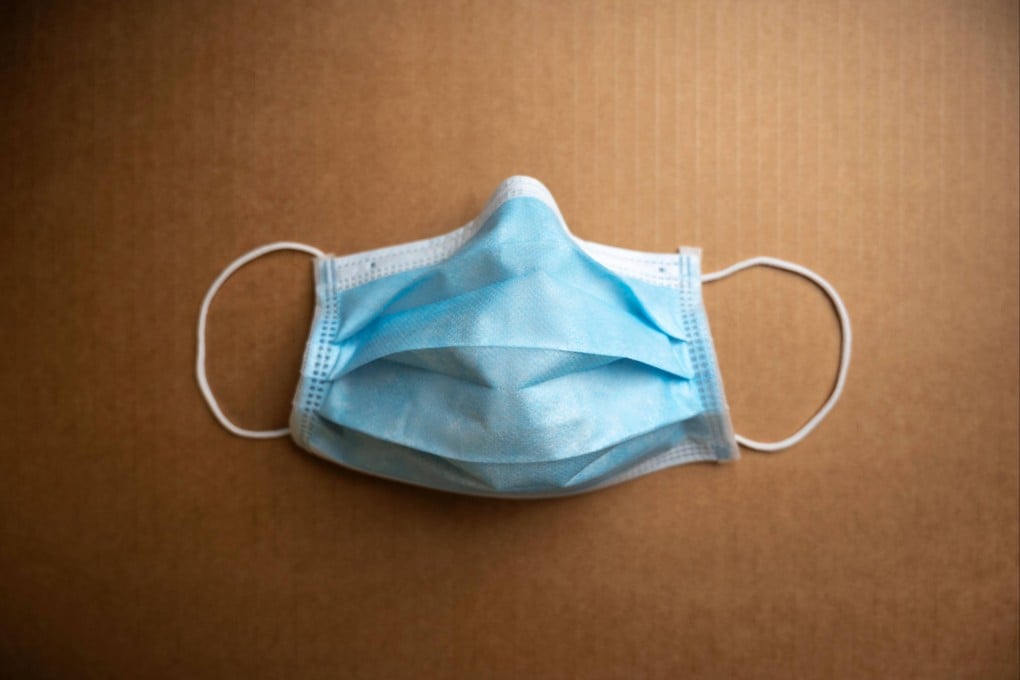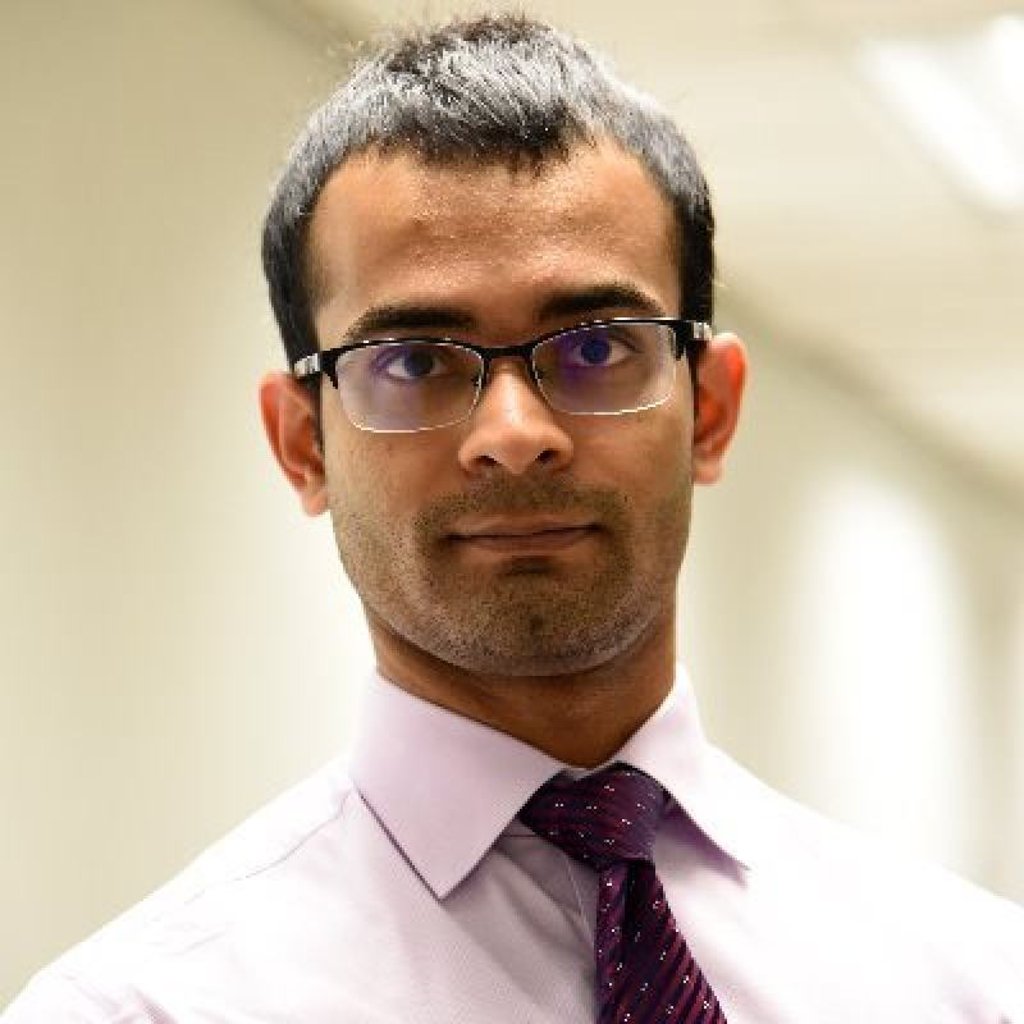9-seconds-apart transmission: can masks still protect us from coronavirus? Hong Kong railway station case sparks fresh debate
- A recent Covid-19 transmission case involving three people wearing masks has triggered fresh discussions on the effectiveness of facial coverings
- Two infectious diseases experts recommend wearing two masks, one cloth and one surgical, to ensure better protection against the Omicron variant

Do masks still protect us? The hot-button issue has once again surfaced in Hong Kong after three people passing through a railway station nine seconds apart led to the transmission of the Omicron variant to a kindergarten teacher.
Two infectious diseases experts the Post spoke to said they believed masks still did, but two – one surgical and one cloth mask on top of it – offered better protection against the highly contagious Covid-19 variant.
The debate around masks came as Hong Kong battled growing outbreaks of both Omicron and Delta variants, with a superspreading event at two Kwai Chung public housing blocks now totalling more than 70 patients, prompting the government to issue an unprecedented five-day lockdown at one of them.
Asked whether the city’s fifth wave was already out of control, Dr Siddharth Sridhar, clinical assistant professor of the University of Hong Kong’s department of microbiology, said it was “easily possible” for daily caseloads to surge to “a few hundred”, past the 149 infections recorded at the high watermark during the local third wave in July 2020.
“Because of the variants we have this time around, Omicron is extremely transmissible,” Sridhar said. “I do predict that this wave is going to be very difficult to control, if not much more severe, involving many more cases than the previous waves in Hong Kong.”

Sridhar said that some of the “blunt tools” to curb transmissions were already being deployed, such as school closures and suspension of nighttime dine-in at restaurants.